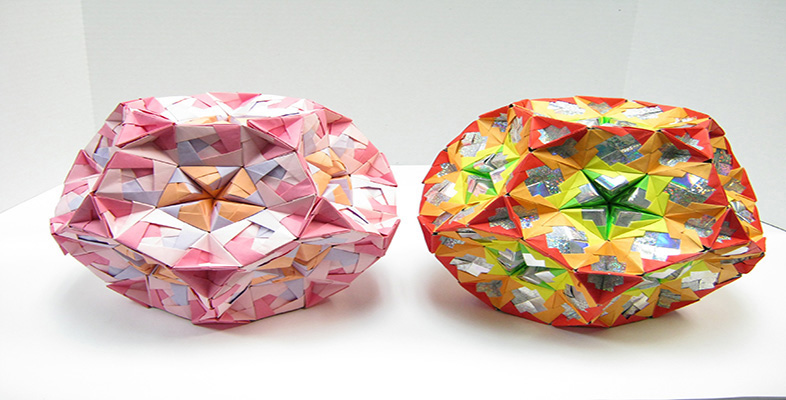Consumption
At this point it is possible to identify the end of the production process of the object. The object might then be said to be ‘finished’ and ready for use, or consumption – the next stage of its biography.
Activity 3
Look again at the object (Figure 3). Are there any features of the object that you think might be related to its use? Is there any evidence of damage or wear on the surfaces?
Discussion
There is not much to go on. The object is small – it could fit into a hand. It is intricately decorated, suggesting that it was intended to be seen, and perhaps used, in a place where it could be closely inspected and admired. The hole in the centre of the underside is unexplained. It is not apparent how deep the hole is or if it goes right through the object. There are two cracks to either side of the hole, which may suggest that the object is old, or that it has been exposed to variable humidity and the consequent expansion and contraction have caused it to crack. There does not seem to be significant wear around the edge of the hole. On the upper side, all of the protruding parts – the heads of the human figures especially – seem very smooth and highly polished. They are a lighter colour and very shiny. This may be the result of rubbing or constant handling of the object. This suggests that the object may have had an active life, although there are no signs of damage such as missing heads.

